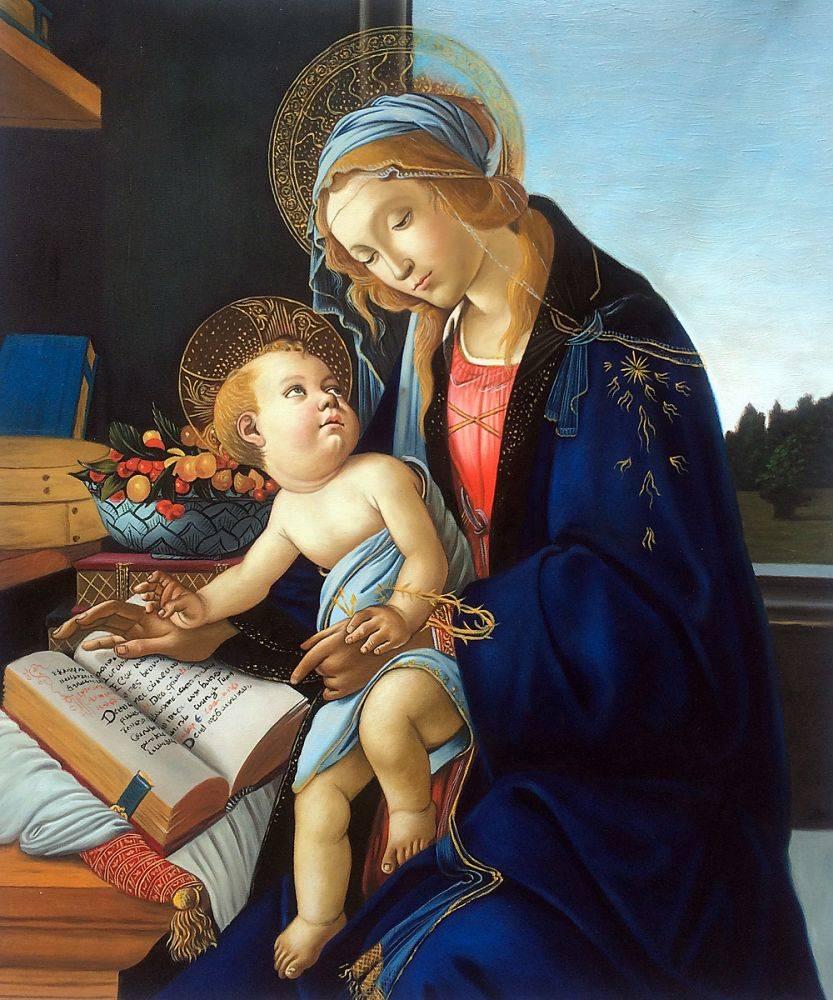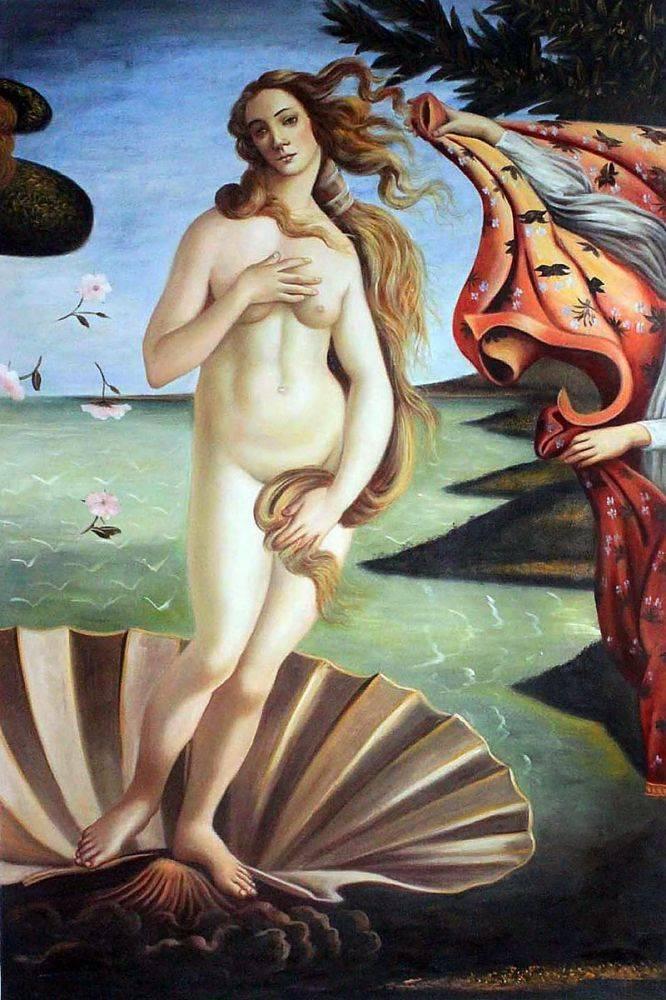Art
Before Oil: A glance at the techniques used before the invention of oil paints
Oil Painting has been a popular medium of art ever since it was invented in the fifteenth century during the Renaissance period. This type of paint was used by famous artists such as Claude Monet, Vincent Van Gogh, and Gustav Klimt. But before this form of paint was invented, what was used to create some of the most famous paintings in European history?
Ancient Art of Egypt, Greece, and Rome:
The ancient Egyptians of course, are known for their two-dimensional paintings of figures and events on walls of tombs. They simply used a limited palette of pigments mixed with a binder to adhere them to the plaster surfaces. They not only painted on plaster walls, but also on stone sculptures, linen, and papyrus. Due to Egypt’s extremely dry conditions, much of its art has been preserved.
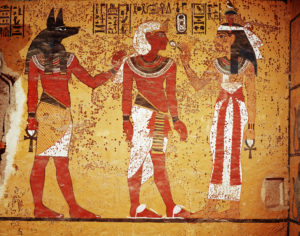
ca. 1361-1352 B.C. — Wall Painting of Tutankhamun Accompanied by Anubis and Nephthys — Image by © Gianni Dagli Orti/CORBIS
Greek art began very similar to the Egyptians. They used pigments to portray simple, flat scenes. They are probably most famed for the solid black figures painted on pottery with a simple background. This color scheme was later inversed. The colors were flat and the outlines were sharp. They also painted frescos on walls, but unfortunately, very few survived. Greek paintings became more sophisticated with the rise in the idealist sculpture, and with a better understanding of anatomy.
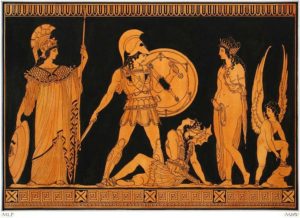
Roman painting was famous for its extremely lifelike faces. Romans were one of the first to use the three-dimensional style of trompe l’oeil. Their goal with painting was to create realism, though they used the same materials as the Greeks and Egyptians, mixed pigments, to create beautiful wall paintings. Most of these were just paint used on dry walls, but there were some frescoes. Fresco was a technique of wall painting that used pigment on wet plaster so that when it dries, it becomes part of the wall. Frescoes tended to be more durable than the dry wall technique, although they had to be painted quickly, before it dried.

Frescoes remained popular even as the rise of the tempera painting technique arose. Tempera used egg yolk as a binder for the pigment, and sometimes linseed oil. These paintings were usually done on a wood panel primed with gesso, a type of plaster mixture. The egg was a durable binder that held up against different environments. This became a favorite technique of iconographers and was used to create many religious scenes, using gold leaf as an accent. Because the paint dried quickly, shading techniques such as cross-hatching had to be used. Artists had to be extremely meticulous with details.
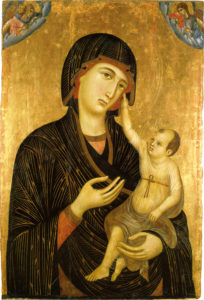
It was only until the Renaissance in the fifteenth century that oil painting was even invented. Oil painting created entirely new possibilities in the area of painting, including blending for shading, or techniques like sfumato that emerged in the High Renaissance in the 1500s. Then of course, later we see oil paintings being used to create texture, especially in the Impressionist period. Great artists like Monet, Van Gogh, Klimt, and many others benefited from the invention of oil painting, which is still being used today, and will be used for many years to come.

